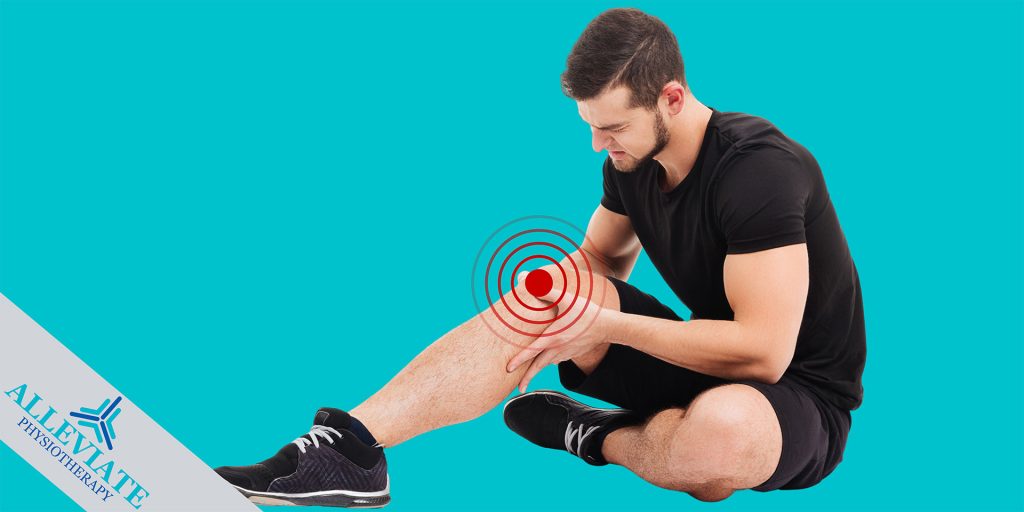
Knee Pain
Knee Pain
Suffering from a painful knee? Sprain/Strain? Osteoarthritis?
What is Knee Pain?
Any swelling, locking, popping, instability or joint line pain in the knee region can be broadly termed as Knee Pain. Any injury or trauma that affects the ROM (Range of Motion) of the knee joint can also cause knee pain. It can also be caused by congenital disorders and arthritic changes which slowly deteriorate the inner workings of a knee joint to create pain and discomfort.
What are the Causes of Knee Pain?
- Excessive Weight
- Lack of Muscle Flexibility
- Sudden Movement or Jerk to Knee Joint
- Sports and Occupational Injury
- Arthritic Changes to the Knee
- Mechanical issue with Knee Joint
What are the symptoms of Knee Pain?
The major symptoms can be determined by examination done by expert physiotherapists/Chiropractor. However, most clients complain about the following symptoms
Popping: when the knee joint causes a painful popping noise that causes discomfort.
Giving Way: This is a sudden weakness in the knee joint that causes mild to severe hyperextension or flexion of the joint which causes pain and discomfort.
Locking: Locked Knee is a symptom where the Knee Joint does not bend and/or cannot be straightened. Most commonly this can be seen when the cartilage cushioning the knee joint has a tear. This symptom can often multiply to other symptoms.
How Physiotherapy Helps
Looking for the best Knee Physiotherapist in Toronto or Mississauga? Our trained physiotherapists specializing in orthopedic physiotherapy can use many diagnostic techniques to determine the existence and cause of knee pain.Moreover, finding the root cause of your knee problem will help to reduce the recovery time in half. This step is considered very vital as it will allow the therapist (physio or chiro) to work with you for the next half of the rehabilitation which is the treatment phase.
Examination Steps:
Visual Inspection: This is done by checking the existing presence of swelling, discoloration, or the possibility of any previously created surgical incisions (previous surgeries).
Palpation: In a systematic way, the physiotherapist shall palpate the knee joint to identify any tenderness or stiffness on the lateral and medial lines of the knee joint.
Range of Motion: Trained physiotherapists can also understand the causes of knee pain through an understanding of the Range of Motion available to the client that is undergoing knee pain.
Special Test: These are a series of tests that are conducted by our Physiotherapists to add load and challenge the Knee Joint to evaluate the structure and damage. This is done through thorough questioning about the symptoms, and appropriate testing and measuring choices before coming to a conclusion.
All the above steps do provide much detail which usually not clearly elaborate during diagnostic tests such as x-ray and which has its limitations and doesn't direct the treatment plan. All these tests also provide much more detail about the extent of the injury, severity of the condition and direction needed to rehabilitate faster and efficiently.
Common Causes:
- Knee Osteoarthritis
- Knee Ligament Injuries also called as Sprain
- Total Knee Replacements- Arthroplasty
- Osgood Schlatter’s Disease
- Baker’s Cyst
- ACL / PCL Sprain
- MCL / LCL sprain
- Iliotibial Band (ITB) Syndrome
- Patellofemoral Syndrome
- Patellar Tendonitis
Don’t want to live with pain?
GET IN TOUCH
Want your Knee Pain to go away? Looking for Best physiotherapist in Oakville, Toronto or Mississauga? Want to have your knee assessed by a specialist?
Help us to help you in examining your Knee Joint and the causes of your Knee Pain in order to Alleviate your healing process. Take the first step in the right direction.
Do check out our google review and client Testimonial to help you make the right decision.
Don’t Wait – Just Alleviate
Source
S. Brent Brotzman., and Kevin E. Wilk., (1996). Clinical Orthopaedic Rehabilitation: Second Edition. Mosby Publication.





